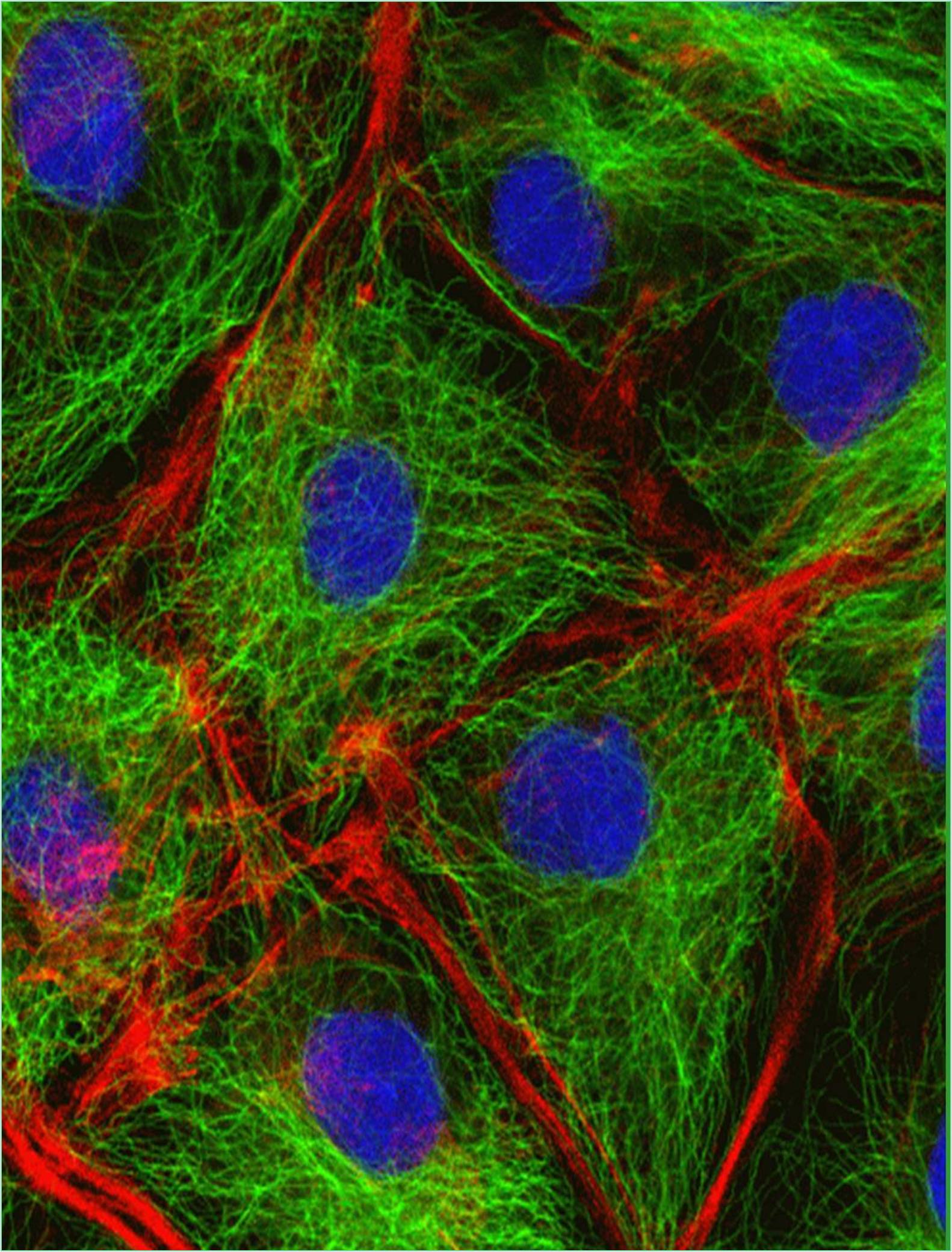



Received: 01-Nov-2022, Manuscript No. GJCMB-22-83152; Editor assigned: 04-Nov-2022, Pre QC No. GJCMB-22-83152(PQ); Reviewed: 18-Nov-2022, QC No. GJCMB-22-83152; Revised: 25-Nov-2022, Manuscript No. GJCMB-22-83152(R); Published: 02-Dec-2022, DOI: 10.15651/gjcmb.22.10.014
A cell's capacity to accept, process and transmit messages with its surroundings and with itself is known as cell signaling or cell communication. In both prokaryotes and eukaryotes, cell signaling is an essential aspect of all cellular life. Extracellular signals are physical agents such as mechanical pressure, voltage, temperature, light, or chemical signals. Cell signaling can happen over brief or medium distances as a result, it may also d efined as the autocrine, juxtacrine, intracrine, paracrine, or endocrine. Signaling molecules could be synthesized from numerous biosynthesis pathways and released through passive or active transports, or even from cell damage. In a multicellular organism, every cell is constantly exposed to a range of signal transduction that it must decipher and convert into a suitable response to its surroundings. These messages can be soluble substances produced nearby or far away, ligands on other cells' surfaces, or even the matrix proteins itself. Cells retain a variety of sensors on their substratum that each respond to various stimuli differently in order to accomplish this. These receptors are divided into groups mostly based on how they produce the internal signals that result in the specific functional responses. Because they can recognize chemical messages or physical stimuli, receptors are essential for cell signaling. Proteins called receptors are typically found on the exterior of cells or inside them in places like the cytoskeleton, organelles and nucleus.
Typically, external signals attach to cell surface receptors, changing their conformation and causing them to start an enzyme's activity or open or close an ion channel. Some receptors are connected to enzymes or transporters rather than having enzymatic or channel-like domains. Other receptors like nuclear receptors have a different method such as modifying their DNA binding characteristics and cellular localization to the nucleus. Chemical signals are frequently used by cells to communicate.
Such messengers, which are protein or other compounds made by the transmitting cell and discharged into the extracellular space, are frequently secreted by the cell. They can then circulate to reach surrounding cells. Different types of cells can receive different kinds of chemical information. A neighboring cell should have the proper receptor for a signal to check it. When a signaling molecule attaches to its receptors, it modifies the receptor's structure or function and causes a change inside the cell.
As a broad term for proteins that particularly attach to other molecules, "ligand" is frequently used to refer to signaling molecules. In the end, it involves a shift in the cell, including a change in a gene's activity or even the triggering of an entire process, like cell division. The initial intercellular signal is therefore changed into an intracellular signal that causes a reaction.
A signal is sent from a transmitting cell to a target neuron during cell-cell signaling. However, not all cell pairs communicate information in the same way and not all send or receive cells are the next neighbors. Multicellular organisms use four different types of chemical signaling to communicate with one another: paracrine, autocrine, endocrine and direct touch. The distance a signal must travel through an organism to reach its target cell is the key distinction between the various types of signaling. Cells that are close to one another frequently communicate by releasing chemical messages, Paracrine signaling is the term for this kind of signaling; in which cells interact with one another over comparatively short distances. Cells can locally coordinate their activities with their neighbor to paracrine signaling. Despite being used in a wide range of tissues and situations, paracrine signals play a crucial role in development because they enable one cluster of cells to instruct a nearby group of cells on which cellular identity to adopt.
They subsequently enter target cells, which are able to detect the hormones, react to them and generate a result. Plant growth regulators, also known as plant hormones, go to their targets by either dispersing through air as a gas or passing through cells. Some cells in the human body create hydrogen sulphide in tiny concentrations and it serves a variety of biological signaling purposes. Nitrogen dioxide and carbon monoxide are the only other such gases that are now recognized to function as chemical messengers in the human body. Cell lines may connect to one another in a different type of direct signaling if they have identical proteins at their surfaces. A signal is transmitted when the proteins attach to one another and alter the structure with one or both proteins. In the immune response, where immune cells employ cell-surface markers to distinguish between "self" cells and cell lines infected by pathogens, this type of signaling is particularly crucial.